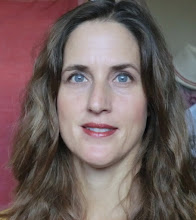
Oil Wipe-Out
We finished our oil project a week early this term so we spent the 5th session trying out the 'wipe-out' technique. It tends to produce interesting results. It is often used for drawing and the underpainting layer for oils. If combined with detailed painting as well, it can look quite incredible.
I used raw umber, cadmium red, terre verte and black to create this image. The paint needs to be thinned with thinners, but not dribbly, so one needs to find the right consistency. If it is too thick, then it is difficult to 'wipe out'. Once your colours are down, start wiping out your biggest, lightest shape and then build the picture from there. I wipe away and then add darker shadows en route. The picture's structure emerges more clearly and is certainly more helpful. One can use brushes, wet wipes, sponges, material, kitchen towel and/or cotton buds to 'wipe out'.



















